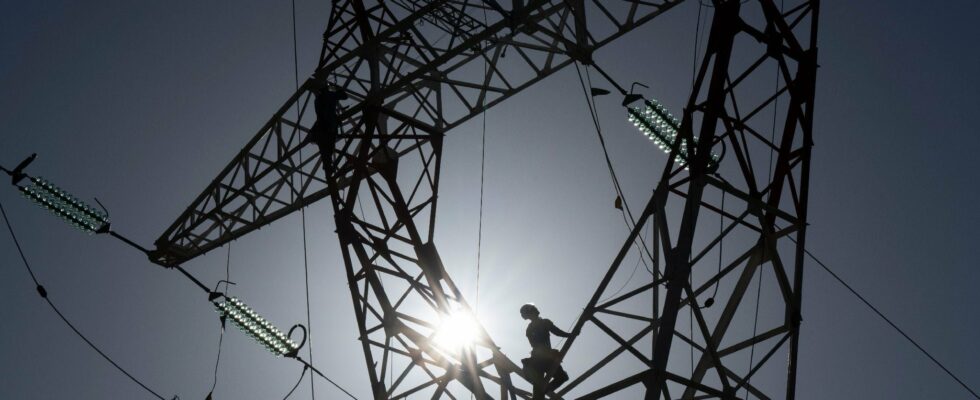A 170-page document in favor of further integration of national electricity networks. A few days before the European elections, the publication of the latest report from the Energy Regulatory Commission (CRE) sounds like a warning to those who would like to make a clean sweep of the economic mechanisms in place within the Union.
In recent decades, interconnections between France and its neighboring countries have continued to strengthen. Between 2020 and 2023, our energy import capacities even increased by 31%, and our export capacities by 21%. In gas, France now has 8 interconnections with 5 countries. In electricity, it has 37 with 7 other nations. Thus, we have the capacity to export on average 20 GW of electricity at any time, the equivalent of the production of around 20 nuclear reactors, and to import almost as much!
Far from being a weakness, this increasingly dense network increases the resilience of the countries that are part of it, energy experts believe. In peacetime, it facilitates transfers from one region to another, with the ultimate aim of sending surplus solar production from Spain to Germany or hydroelectric energy from Norway to the Central Europe.
Demonstrated profitability
In times of war, it also allows a form of solidarity. The case of trade between France and Germany is emblematic: after the Russian attack on Ukraine, Germany found itself in great difficulty in the gas sector due to its heavy dependence. France, for its part, was experiencing an electricity supply deficit due to the shutdown of several reactors facing a problem of stress corrosion. The two countries therefore reached an agreement: France set up a gas export channel to Germany in October 2022. For its part, Germany postponed the closure of its last three nuclear power plants, thus helping France to get through the winter.
“Over the period 2022-2023, interconnections have demonstrated their economic profitability,” adds CRE. In France, net revenues collected by RTE at interconnections reached 2.9 billion euros, thus reducing network users’ bills. On the natural gas side, trade also generated a record amount – 441 million euros – returned to consumers.
Of course, interconnections don’t solve all energy problems. They have nothing to do with the highly contested mechanism of regulated access to historic nuclear electricity (Arenh) which obliges – until 2025 – EDF to sell part of its electricity at a cut-off price. They also do not prevent States from taxing electricity prices, even though tensions on the markets are disappearing.
At least, the creation of new electricity interconnection capacities will truly make it possible to integrate renewable energies and cope with the expected growth in electricity demand in all the countries of the Union. The investment is colossal. It still takes up little space in the debates, which are very focused on immigration, defense, or the date of the ban on the sale of thermal vehicles. Ukraine, on the other hand, has understood the full benefit of these interconnected networks. It already dreams of becoming a gas distribution hub within Europe.
